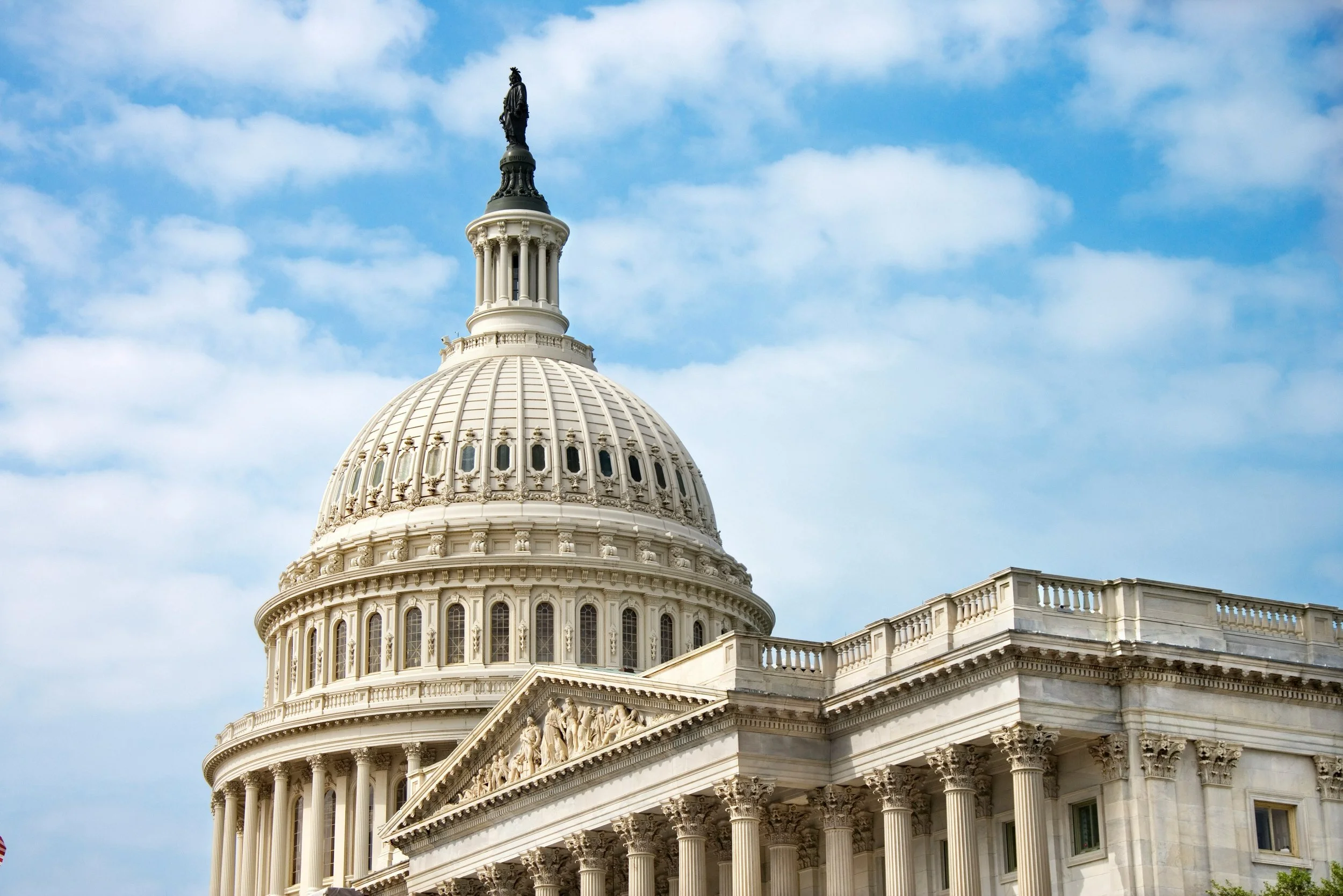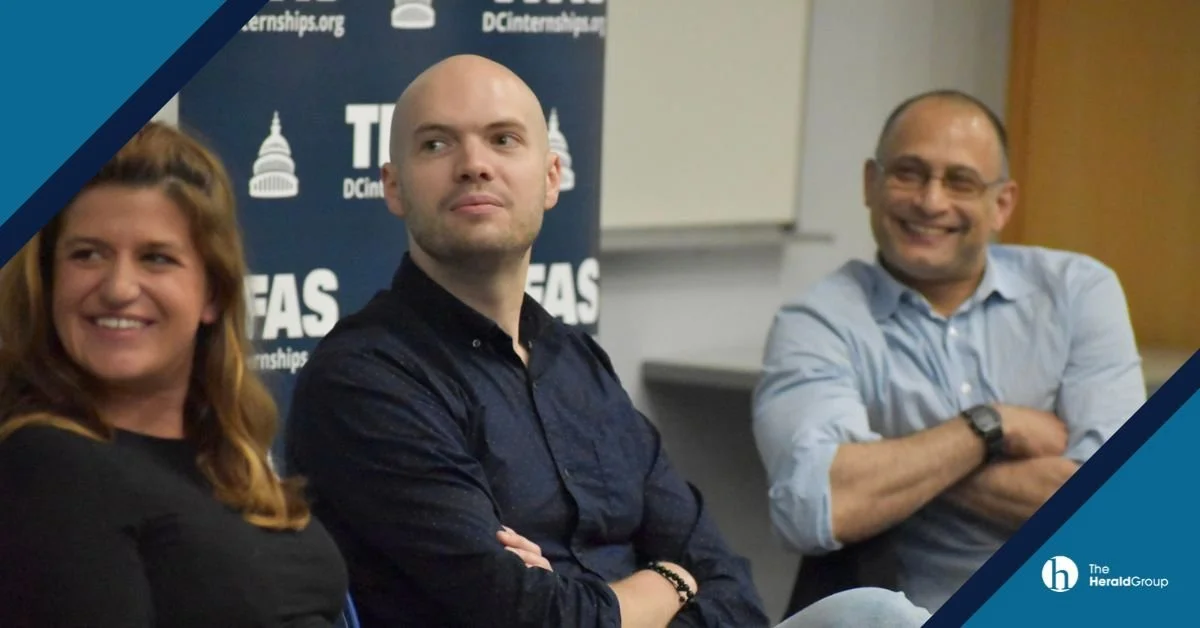Beyond the Welcome Packet: 7 Tips for Engaging with New Members of Congress
The 119th U.S. Congress begins on January 3, 2025, but public affairs teams should be active well before then—meeting new members, delivering welcome packets, sponsoring events, gathering intelligence, and more.
Even though the election is over, political dynamics remain in flux. Additionally, a new class of incoming members of Congress is rapidly trying to get up to speed on processes and policies. Over the next three months, nascent alliances will emerge and agendas will begin to come into focus.
The most successful public affairs professionals won’t just attempt to learn where new members of Congress stand on their key issues. They’ll also engage early to educate and influence members, their advisors, and new staff—and help shape their positions and priorities.
Below, we’ve provided seven tips for maximizing your outreach to new members, their staff, and trusted advisors:
Be Ready with a Focused, Memorable Message—In brief encounters—at a reception, for example—you can’t deliver a complicated, long-winded message. Plant the seed of your more detailed position and legislative goal by sharing a simple, memorable message. If the message can be positive and localized, all the better.
Build Relationships by Helping Members and Staff—Many new members and staffers will also be new to Washington and Capitol Hill. They may feel overwhelmed by some parts of the transition and will be drinking from a firehose of information. Even as you deliver your short message, offer to share your own Hill knowledge, answer questions, and more importantly, take time to listen. You might even consider sharing your favorite restaurant recommendations around the city. Making a personal connection will pay dividends over time. Additionally, find other opportunities to use your personal and professional network to facilitate real connections with these new members, their staff, and any individuals who may have influence within their orbits.
Identify and Reach Influencers Early and Repeatedly with Digital Tools—You should use digital tactics to deliver your message to new members of Congress and their “kitchen cabinet” of informal advisors, including friends, family members, political allies, and campaign staff. This can patch the holes for the people you couldn't meet or didn't have meaningful interactions with, reinforce the brief overview you delivered in person, or start to introduce them to more complex concepts. Through precise targeting, we can repeatedly deliver your messages to people based on where they've been, where they're going, what they are reading, who they interact with, and a whole host of other factors—across different channels, screens, and platforms.
Execute an Event Strategy—Hosting or sponsoring a memorable event is a great way to engage with new members, staff, and influencers. Book a venue early, as close to Capitol Hill as possible to encourage turnout—or piggyback onto a larger event as a sponsor. Remember to match your event to your goals. If you have detailed legislative information to convey, consider hosting a workshop or forum. If you’re just looking to develop and strengthen relationships, consider hosting or sponsoring a more social reception. (Keep in mind that you must adhere to congressional gift rules when food and beverages are provided.) You can also use events for networking with allies, such as think tanks or advocacy groups, as well.
Look for Opportunities for In-District Engagement—While new members of Congress will spend a lot of November and December in Washington, they will also be back home during the transition. In districts where your organization has employees, retirees, shareholders, or vendors, you may want to consider hosting a facility tour and provide them with human and economic footprint reports.
Break Out of the Box—With multiple groups trying to educate new members as well, look for creative, memorable, fun ways to engage with new members. One year, for example, The Herald Group arranged to have a client-sponsored food truck serve refreshments—and advocacy materials—to members and staff on Capitol Hill.
Review and Enhance Your Tracking—Your flurry of engagement activities with new members of Congress will be far less valuable in the end if you don’t track everything carefully. Now is the time to review how you’re tracking all aspects of your engagement with legislators and staff. If it makes sense, upgrade to a CRM that enables you to incorporate and search a wide range of data.
It’s essential to engage in traditional, old-school government affairs activities in November, December, and January in advance of the new Congress. Wear out your shoe leather, deliver one-pagers and welcome packets, and attend as many formal and informal events during freshman orientation as possible.
But don’t just settle for ordinary, by-the-book practices. Congress is welcoming a new generation of lawmakers—and now is the time to try new, cutting-edge approaches for breaking down barriers, building relationships, and delivering your organization’s key messages. The Herald Group is well-positioned to assist our clients with building new relationships and setting initial expectations with these new members. If you or your organization need help in this regard, don’t hesitate to contact us. We are happy to start an initial conversation on the many ways we can assist.






